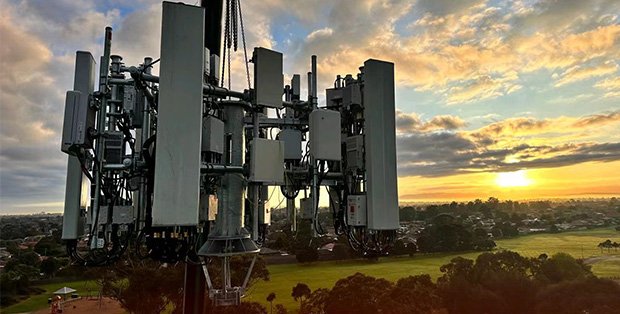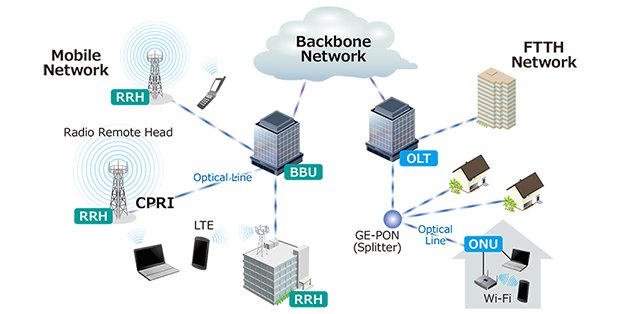
Outdoor fiber optic cables can transmit data at higher speeds than traditional copper cables. This is because optical signals are much faster than electrical signals, and outdoor fiber optic cable can support higher bandwidths.

Outdoor fiber optic cables use light signals to transmit data and are therefore immune to electromagnetic or radioactive interference. This makes fiber optic cables ideal for use in environments with high electromagnetic interference.

Outdoor fiber optic cables are capable of transmitting signals over greater distances than traditional copper wire cables. This is because the loss of optical signal transmission is much lower than that of electrical signals, so Outdoor fiber optic cables can transmit data over longer distances without the problem of signal attenuation

Fiber-to-the-antenna (FTTA) is a wireless site architecture where optical fiber is run all the way up the tower to replace much of what was traditionally completed with heavier coax cabling. Important components such as remote radio units (RRUs) are also positioned at the top of the tower instead of at the base location.
In a FTTA configuration case, a baseband unit (BBU) situated near the bottom of the tower is connected via a fiber optic antenna and runs to a remote radio head (RRH) positioned near the antennas at the top of the tower. The RRH converts the digital signals to analog, and the short span between RRH and antenna is still completed using traditional coax cabling.
With the proliferation of smartphone , loT , smart cities and 5G technology evolution fibre to the antenna ( FTTA ) is becoming ever more important which is a wireless architecture where optical fibre is run from a base station unit ( BSU ) that terminates active telecommunications equipment all the way up the tower to the antennas via the remote radio head ( RRH ) that house the operators transmit / receive equipment and breakout boxes .
With densification of antennas due to 5G evolution and also that utilises radio techniques such as massive MIMO , beamforming , nullforming and spatial multiplexing our FTTA solution and products will be ever more relevant and in demand .

With our expertise in fiber optic connectivity, we deliver reliable, scalable, and tailored solutions to help you stay ahead in a fast-moving market.
![]() 3F, Building E, Dahong Science Park,
3F, Building E, Dahong Science Park,
Baihua Community, Guangming District,
Shenzhen, Guangdong 518107, China
Copyright © 2025 Rayoptic Communication Co., Ltd. – Fiber Optic Patch Cable All Rights Reserved.
